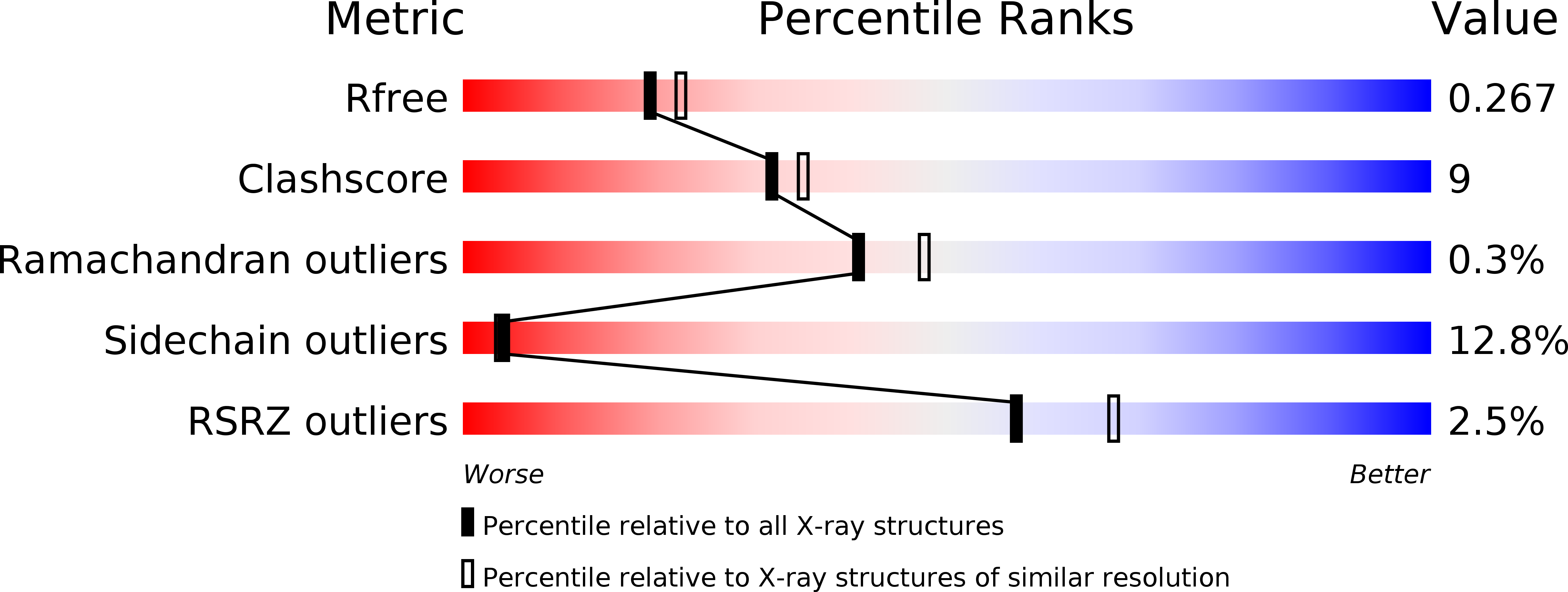
Deposition Date
2014-05-19
Release Date
2014-12-10
Last Version Date
2023-12-20
Entry Detail
PDB ID:
4PLS
Keywords:
Title:
Crystal Structures of Designed Armadillo Repeat Proteins: Implications of Construct Design and Crystallization Conditions on Overall Structure.
Biological Source:
Source Organism:
synthetic construct (Taxon ID: 32630)
Host Organism:
Method Details:
Experimental Method:
Resolution:
2.35 Å
R-Value Free:
0.26
R-Value Work:
0.18
R-Value Observed:
0.18
Space Group:
P 21 21 21


